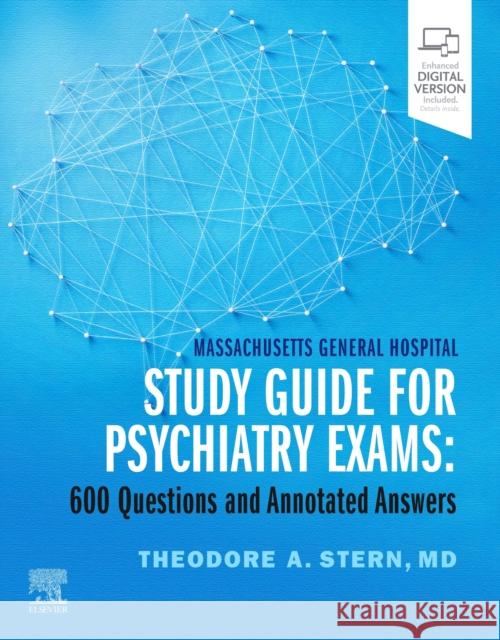Massachusetts General Hospital Study Guide for Psychiatry Exams: 600 Questions and Annotated Answers » książka
topmenu
Massachusetts General Hospital Study Guide for Psychiatry Exams: 600 Questions and Annotated Answers
ISBN-13: 9780323732963 / Angielski / Miękka / 2020 / 432 str.
Massachusetts General Hospital Study Guide for Psychiatry Exams: 600 Questions and Annotated Answers
ISBN-13: 9780323732963 / Angielski / Miękka / 2020 / 432 str.
cena 377,14 zł
(netto: 359,18 VAT: 5%)
Najniższa cena z 30 dni: 367,68 zł
(netto: 359,18 VAT: 5%)
Najniższa cena z 30 dni: 367,68 zł
Termin realizacji zamówienia:
ok. 18-20 dni roboczych.
ok. 18-20 dni roboczych.
Darmowa dostawa!
Kategorie BISAC:
Wydawca:
Saunders
Język:
Angielski
ISBN-13:
9780323732963
Rok wydania:
2020
Dostępne języki:
Ilość stron:
432
Oprawa:
Miękka
Dodatkowe informacje:
Komentarz











